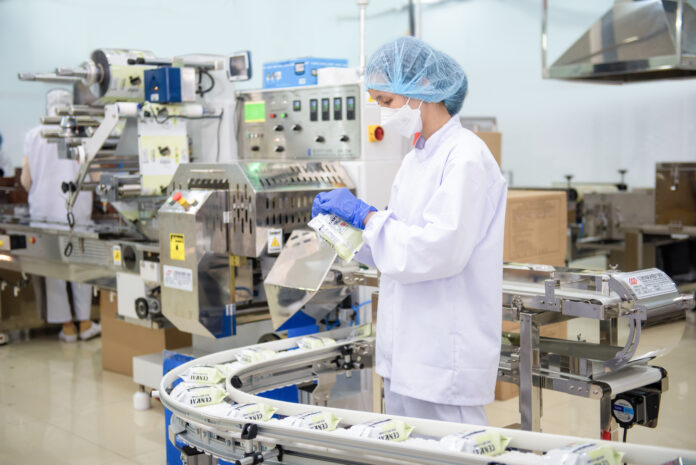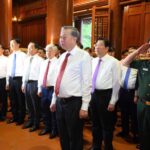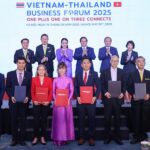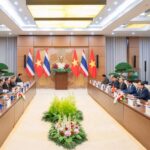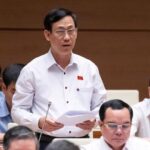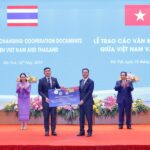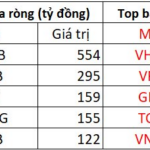Vietnam Economic Times – VnEconomy had the opportunity to interview Genkai Group’s founder and chairman, Mr. Nguyen Cong Nam Hien, to learn about the journey of developing the seaweed industry, plans to build a material region in Vietnam, and efforts to bring seaweed culture into every meal of Vietnamese people.
With natural advantages, Vietnam has great potential for developing the seaweed industry. Why hasn’t this industry grown stronger yet, and in your opinion, how can we fully exploit the potential of seaweed in the future?
Japan, South Korea, and Thailand have developed market economies, with consumer industries far ahead of Vietnam. The Vietnamese seaweed industry has not grown stronger because we started later and there hasn’t been a business that has invested systematically in building brands and markets.
For an industry to develop, it depends not only on natural conditions but also on market demand, marketing strategies, and compatibility with current consumer habits. For example, Vietnam cannot grow wheat but is still one of the world’s leading instant noodle and beer consumers.
The seaweed industry has grown strongly in the past decade as Vietnamese incomes have risen, and the demand for quality and convenience has increased. The Vietnamese diet includes rice, soup, and vegetables in daily meals, and seaweed is very compatible with these existing habits.
To fully exploit this potential, we need to shift from a pure production mindset to a market economy mindset, investing in research, marketing, advertising, and developing suitable designs and flavors. More importantly, we need to build a seaweed-using culture, helping consumers understand the significance of this product, which requires persistence and long-term effort.
What made you determined to build a seaweed material region in Vietnam when doing business with South Korea is very favorable? Does this motivation come from economic factors or other reasons?
Previously, Genkai’s main source of seaweed material was imported from South Korea and partly from Nha Trang, Vietnam. Our partner is South Korea’s largest raw seaweed producer, with a systematic process and strict standards. 96-98% of the material from South Korea can be used for production, while the rate in Vietnam is much lower due to technical limitations in cultivation, harvesting, and standardization. This has been a great concern for me because Vietnam possesses abundant marine resources but has not utilized them effectively.
With a long coastline and favorable natural conditions, Vietnam can plan seaweed material regions. What we lack is technology and the market. While Genkai is working hard to expand the market, I am determined to learn and “take shortcuts” by cooperating with South Korea to build a material region in Vietnam.
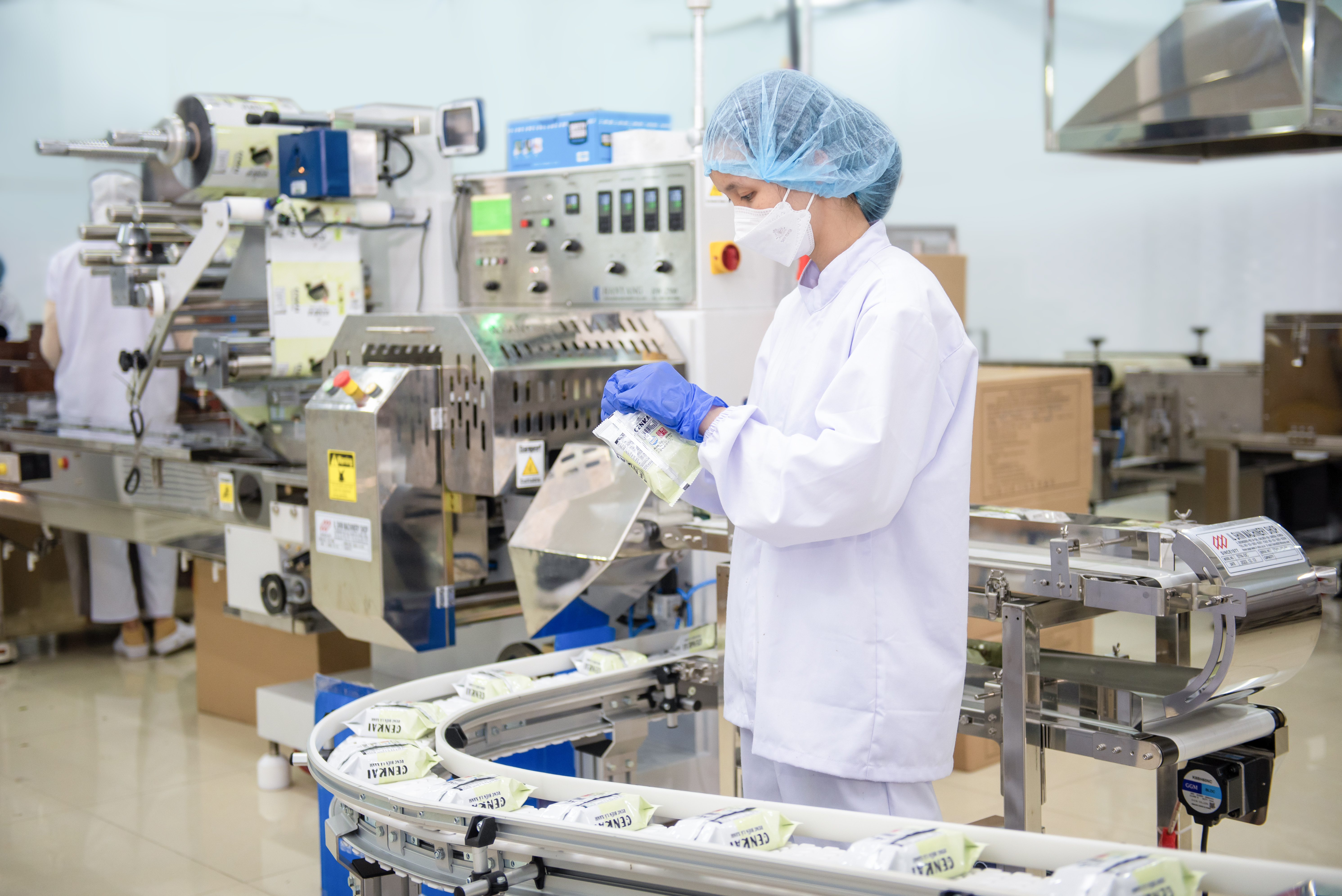
In the Vietnamese market, Genkai is directly competing with foreign companies, which are large corporations with a long history. Domestically, we have a slight home-field advantage in understanding the market. But beyond that, we need an absolute competitive advantage. Owning the material region is the best way to win.
On a personal level, I want to contribute more to my country. In the next ten years, I hope Vietnam will own world-class seaweed fisheries, export globally, generate profits to reinvest in the seafood industry, and provide sustainable livelihoods for fishermen.
After ten challenging years of building Genkai and the seaweed industry from scratch, can you share the “profile” of Genkai in the future and your long-term plans?
In 2023, Genkai completed and operated a 3,000-square-meter factory in Long An. In 2024, we opened a chain of seaweed-specialized restaurants to spread seaweed culture to a wider range of customers. The next goal is to bring the Genkai brand to the international market and assert the position of Vietnamese food on the world map.
Since the beginning of 2025, Genkai has received orders from China, Indonesia, and even South Korea – the “workshop” of the seaweed industry. In late 2024, we successfully bid for a contract to supply products to Vietnam’s largest retail corporation and the largest retail corporation in the Philippines. This proves that Vietnamese products are not inferior in quality and are superior in price and supply speed. In the coming years, Genkai aims to expand to Singapore, Russia, Australia, and other Asian countries.
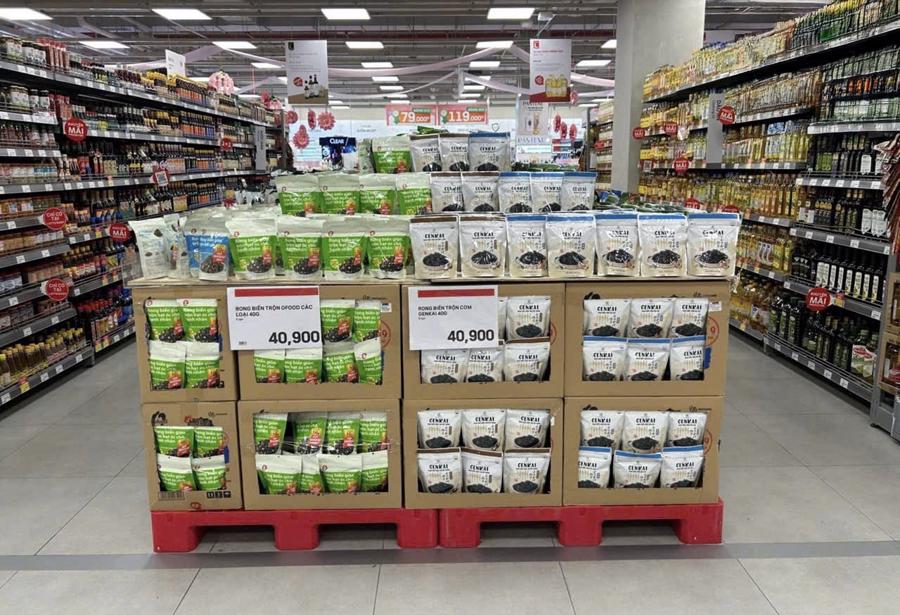
In the next ten years, after the success with seaweed, I aim to develop other products such as rice and seafood. Vietnam possesses a “blue treasure” from the sea, and the opportunity for Vietnamese food brands to go global is still vast. My vision is to build Genkai into a diversified conglomerate like Lotte in South Korea, with a core foundation in food production, restaurants, and retail.
Genkai has affirmed its position as the “King of Seaweed” in Vietnam. We have succeeded in reducing the market share of foreign corporations, gradually regaining the market for Vietnamese enterprises, and are committed to realizing this goal.
“General Secretary To Lam visits Kim Lien Relic Site and presents gifts in Nam Dan District.”
On the occasion of the 135th anniversary of President Ho Chi Minh’s birth (May 19, 1890 – May 19, 2025), on May 15, 2025, General Secretary To Lam, along with a delegation of central and provincial leaders from Nghe An, paid a visit to the Kim Lien National Special Relic Site in Nam Dan District, Nghe An Province.
“Untapped Potential: Exploring the Vietnam-Thailand Economic Partnership”
On the afternoon of May 15th, at the National Assembly, Chairman of the Vietnamese National Assembly, Mr. Tran Thanh Man, held a meeting with the Thai Prime Minister, Ms. Paetongtarn Shinawatra. The occasion marked the official visit of the Thai Prime Minister and her delegation to Vietnam and their co-chairing of the 4th Vietnam-Thailand Joint Cabinet Meeting from May 15-16th.
“Building an Infrastructure Tailored to the Development Needs of Innovative Enterprises and the Private Sector.”
The new regulation allowing for a minimum 30% reduction in land lease costs for the first five years is a step in the right direction. This cost reduction is essential, according to National Assembly delegates, but it’s not enough. What’s more crucial is creating infrastructure that caters to the unique needs of innovative enterprises.


























